Home>Articles>When Building An Open Shower How Tall Should The Walls Be From The Showerhead
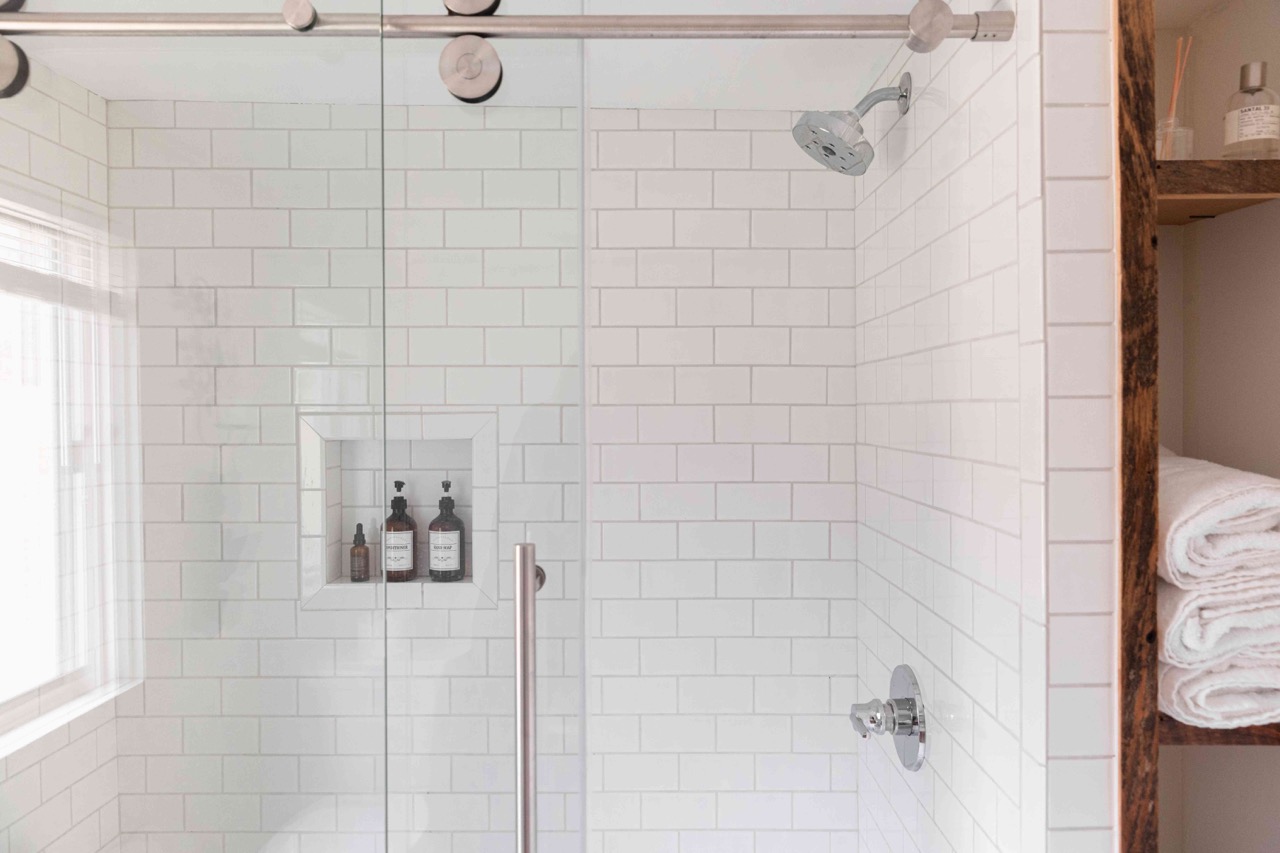

Articles
When Building An Open Shower How Tall Should The Walls Be From The Showerhead
Modified: May 6, 2024
Learn about the recommended height for open shower walls in relation to the showerhead in this informative article.
(Many of the links in this article redirect to a specific reviewed product. Your purchase of these products through affiliate links helps to generate commission for Storables.com, at no extra cost. Learn more)
Introduction
When designing and building an open shower, there are several crucial factors to consider. One of these important considerations is determining how tall the walls should be from the showerhead. The height of the walls plays a significant role in ensuring privacy, controlling water splashes, and creating a comfortable showering experience.
In this article, we will explore the different factors to consider when determining the height of the walls in an open shower. We will discuss standard height recommendations, adjustments based on personal preferences, and guidelines for specific demographics such as tall individuals, small children, or pets. By the end of this article, you will have a better understanding of how to choose the ideal wall height for your open shower.
Key Takeaways:
- Consider privacy, water control, and aesthetics when determining the height of open shower walls. Personal preferences and specific needs should guide the decision to create a customized and enjoyable showering experience.
- Tailor the height of shower walls to accommodate tall individuals, small children, and pets. Prioritize comfort, safety, and accessibility while maintaining water containment for a versatile and functional open shower design.
Factors to Consider
When deciding on the height of the walls in an open shower, there are several important factors to take into account. These factors will help you determine the optimal height that suits your needs and preferences. Let’s explore these factors:
- Privacy: One of the primary considerations when choosing the height of the shower walls is privacy. You want to ensure that the walls are tall enough to provide a sense of privacy while you shower. Take into account your comfort level and the level of privacy you desire.
- Water splashes: The height of the walls will also play a role in controlling water splashes. You want to ensure that the walls are high enough to prevent water from splashing out of the shower area and onto the bathroom floor. This will help maintain a clean and dry bathroom space.
- Aesthetic appeal: Consider the overall aesthetic appeal of your bathroom when deciding on the wall height. You want the open shower to blend seamlessly with the rest of the bathroom design. The height of the walls should complement the other elements in the space, such as tiles, fixtures, and overall theme.
- Lighting and ventilation: Another factor to consider is the impact of wall height on lighting and ventilation. Higher walls may block natural light and hinder airflow. If you prioritize natural light and ventilation in your bathroom, consider opting for lower walls or incorporating other design elements, such as glass panels or frosted windows, to maintain the desired lighting and air circulation.
- Accessibility: Accessibility is an essential consideration, especially if you or anyone in your household has mobility limitations. Ensure that the height of the shower walls allows for easy access and maneuverability. Consider installing grab bars or handrails if needed.
By taking into account these factors, you can make an informed decision about the height of the walls in your open shower. Remember that these factors may vary depending on individual preferences and specific circumstances, so it’s essential to find the balance that suits your needs best.
Standard Height Recommendations
While the height of the walls in an open shower can vary depending on personal preference and specific requirements, there are some standard recommendations that can serve as a starting point. These recommendations are based on industry standards and common practices:
- Minimum height: The minimum recommended height for shower walls is typically around 72 inches or 6 feet. This height provides a decent level of privacy and helps contain water splashes within the shower area.
- Maximum height: The maximum height of the walls is generally determined by the height of the bathroom ceiling. It’s important to ensure that the walls do not extend all the way to the ceiling, as this can impact ventilation and make the bathroom feel enclosed. Leaving a minimum clearance of 12-18 inches between the top of the walls and the ceiling is a common practice.
- Half-height walls: Half-height walls are another popular option for open showers. These walls typically reach waist-height or approximately 36-42 inches. Half-height walls offer a compromise between privacy and an open feel, allowing for more light and airflow while still providing a sense of enclosure and water containment.
- Partial walls: Partial walls, also known as pony walls, are lower than half-height walls and are typically around 24-36 inches in height. These shorter walls are often used to define the shower space visually without completely enclosing it. They offer a more open and spacious feel while still providing some level of privacy and water containment.
It’s important to note that these standard height recommendations are not set in stone and can be adjusted based on individual preferences and specific circumstances. The key is to find the height that balances privacy, water control, and overall aesthetic appeal.
Now that we have explored the standard recommendations, let’s delve into how you can adjust the wall height based on your personal preference.
Adjusting the Wall Height Based on Personal Preference
While there are standard height recommendations for open shower walls, it’s important to remember that personal preference plays a significant role in determining the ideal height. Every individual has unique preferences and needs when it comes to their showering experience. Here are a few factors to consider when adjusting the wall height based on personal preference:
- Desired level of privacy: Consider how much privacy you desire while showering. If you value complete privacy, you may opt for taller walls that offer a sense of enclosure. On the other hand, if you appreciate the open feel and natural light, you may choose lower walls or partial walls to create a more open and airy space.
- Style and aesthetics: Your personal style and the overall aesthetics of your bathroom can also influence the decision on wall height. If you prefer a minimalistic and open design, you may lean towards lower or half-height walls. Conversely, if you prefer a more traditional or luxurious look, taller walls can add a touch of elegance to the space.
- Water control: Consider how important it is for you to contain water within the shower area. If you have a larger shower space or prefer a soaking or rainfall showerhead, taller walls may be necessary to prevent water splashes from reaching the rest of the bathroom. On the other hand, if you have good water control features in place or prefer a more open and spacious shower experience, lower walls may suffice.
- Personal comfort: Ultimately, your personal comfort is paramount. Consider your height and reach when deciding on the wall height. Taller individuals may prefer higher walls to accommodate their height and prevent any discomfort. On the other hand, shorter individuals may prefer lower walls for ease of accessibility.
Remember, the goal is to create a showering experience that aligns with your preferences and needs. By adjusting the wall height based on personal preference, you can customize your open shower to suit your individual style and requirements.
Next, we will provide guidelines for tall individuals who may have specific considerations for the height of their shower walls.
The walls of an open shower should be at least 72 inches tall from the showerhead to contain water spray and prevent splashing outside the shower area.
Guidelines for Tall Individuals
Tall individuals often face specific considerations when it comes to the height of shower walls. Here are some guidelines to help accommodate the needs of tall individuals:
- Ensure sufficient headspace: Tall individuals should ensure that there is enough headroom in the shower area. The height of the walls should be adjusted to allow for comfortable showering without having to crouch or hunch over. Consider extending the walls slightly higher than the standard recommendations to provide ample headspace.
- Consider the height of the showerhead: Take into account the height of the showerhead when determining the wall height. The showerhead should be positioned at a comfortable height for tall individuals so that they can shower without having to bend or stoop. Adjust the height of the walls accordingly to accommodate the desired position of the showerhead.
- Optimize water containment: Taller individuals may generate more water splashes due to their height. It’s important to ensure that the height of the walls provides adequate water containment to prevent water from splashing out of the shower area. Consider taller walls or additional splash guards if needed.
- Customize based on reach: Take into consideration your reach when determining the wall height. If your reach is higher than average, you may opt for slightly taller walls to ensure that the water spray remains within your reach while you shower.
By applying these guidelines, tall individuals can create a showering space that accommodates their height and provides a comfortable and enjoyable experience. Remember to always consider personal preferences and any specific needs when adjusting the wall height for an open shower.
Next, let’s move on to guidelines for small children or pets, who may have different requirements when it comes to shower wall height.
Read more: How Tall Should A Shed Be
Guidelines for Small Children or Pets
When considering the height of shower walls for small children or pets, additional factors come into play. Here are some guidelines to help accommodate the needs of these demographics:
- Ensure safety and supervision: For small children, safety and supervision are paramount. The height of the walls should be adjusted to ensure that parents or caregivers can easily monitor the child while they shower. Lower walls or partial walls can provide better visibility and allow for easy interaction while maintaining a level of privacy.
- Consider accessibility: When it comes to pets, especially smaller ones, accessibility is important. The walls should be low enough for them to get in and out of the shower area comfortably. Consider installing a ramp or steps if necessary.
- Maintain water containment: While considering the needs of small children or pets, it’s crucial to ensure that the height of the walls still provides adequate water containment. Splash guards or lower walls that still prevent water from splashing out of the shower area are essential to maintain a clean and dry bathroom space.
- Adaptability and flexibility: Keep in mind that the needs of small children and pets may change as they grow. Walls that can be adjusted or modified to accommodate their changing height or size can be beneficial. Consider removable sections or adjustable wall heights that can be easily altered as needed.
By following these guidelines, you can create a showering space that is safe, accessible, and comfortable for small children or pets. Keep in mind that each situation is unique, and it’s important to consider the specific needs and behaviors of your child or pet when determining the wall height.
Now that we have explored guidelines for small children and pets, let’s wrap up our discussion.
Conclusion
Deciding on the height of the walls in an open shower is an important aspect of the overall design and functionality of the space. By considering factors such as privacy, water splashes, aesthetics, lighting, ventilation, accessibility, and personal preference, you can determine the ideal wall height for your open shower.
While there are standard height recommendations to start with, it’s crucial to remember that personal preference plays a significant role in this decision. Adjusting the wall height based on your desired level of privacy, style, water control, and personal comfort can help create a showering experience that aligns with your individual needs and preferences.
Additionally, specific guidelines should be considered for different demographics. For tall individuals, ensuring sufficient headspace, considering the height of the showerhead, and optimizing water containment are important factors. For small children or pets, focusing on safety, supervision, accessibility, and maintaining water containment are crucial considerations.
Ultimately, finding the right balance between privacy, functionality, and aesthetic appeal is key. As you design and build your open shower, take into account the diverse factors and guidelines discussed in this article to create a space that meets your unique requirements.
Remember, there is no one-size-fits-all answer when it comes to the height of shower walls. It’s all about finding the perfect height that suits your needs, enhances your showering experience, and complements the overall design of your bathroom.
By carefully considering and customizing the height of the walls, you can create an open shower that not only meets your practical needs but also enhances the beauty and functionality of your bathroom space.
Now go ahead, design with confidence, and enjoy the refreshing experience of your open shower!
Curious about more than just shower wall heights? If you're considering updating your space, figuring out the timeline for a bathroom makeover is crucial. Our guide on how long bathroom renovations take provides valuable insights. Additionally, knowing optimal showerhead placement ensures comfort and efficiency in your revamped bathroom. Don't miss these essential reads to make informed decisions for your next project!
Frequently Asked Questions about When Building An Open Shower How Tall Should The Walls Be From The Showerhead
Was this page helpful?
At Storables.com, we guarantee accurate and reliable information. Our content, validated by Expert Board Contributors, is crafted following stringent Editorial Policies. We're committed to providing you with well-researched, expert-backed insights for all your informational needs.
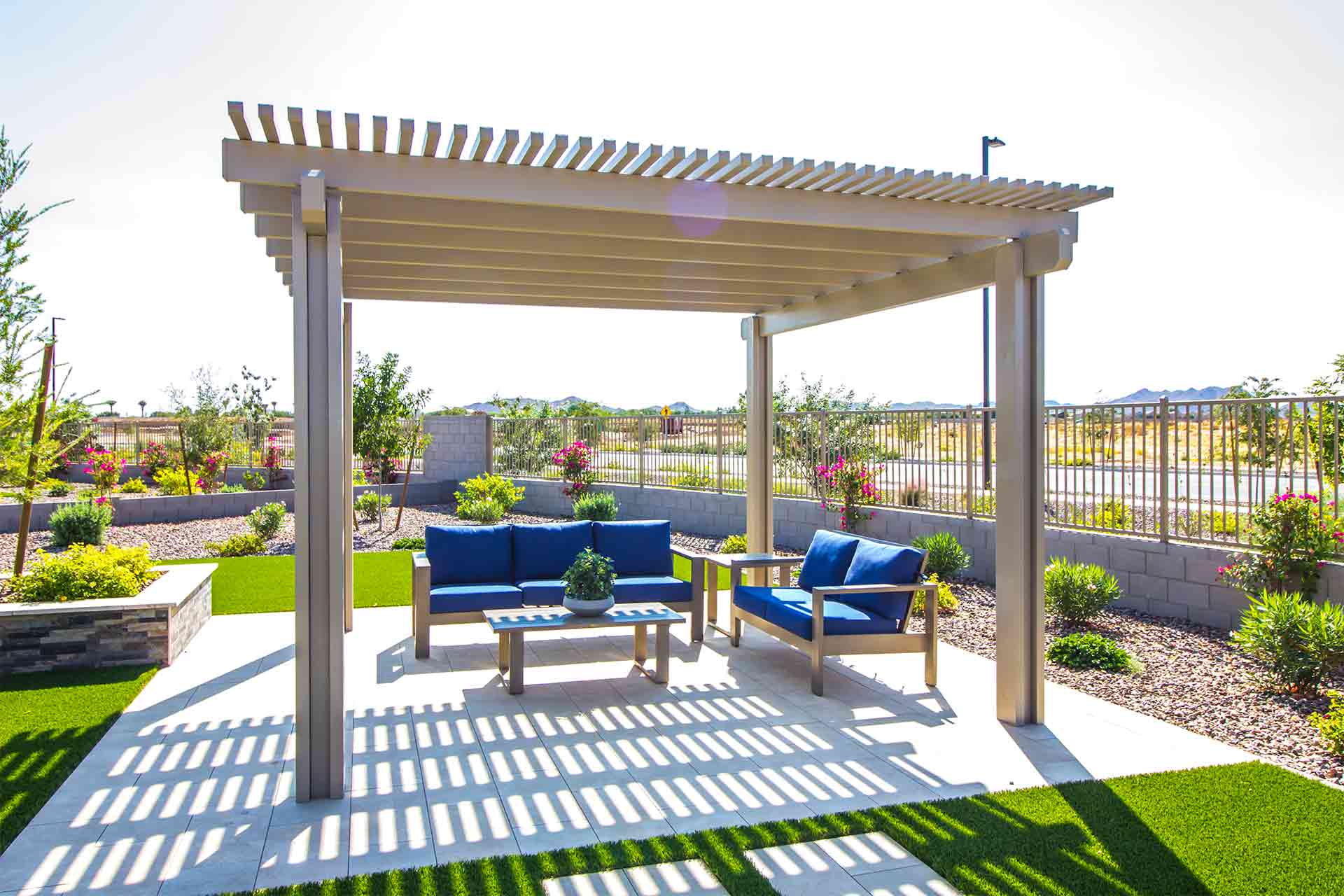
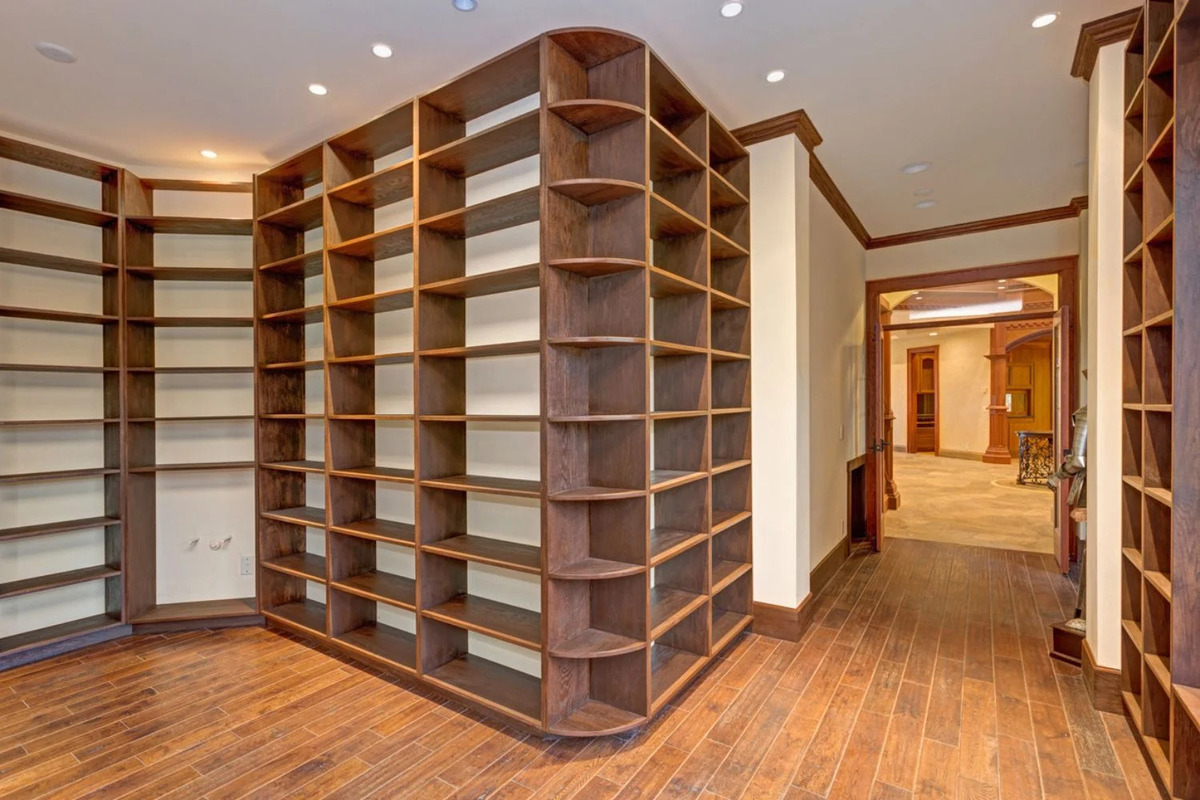
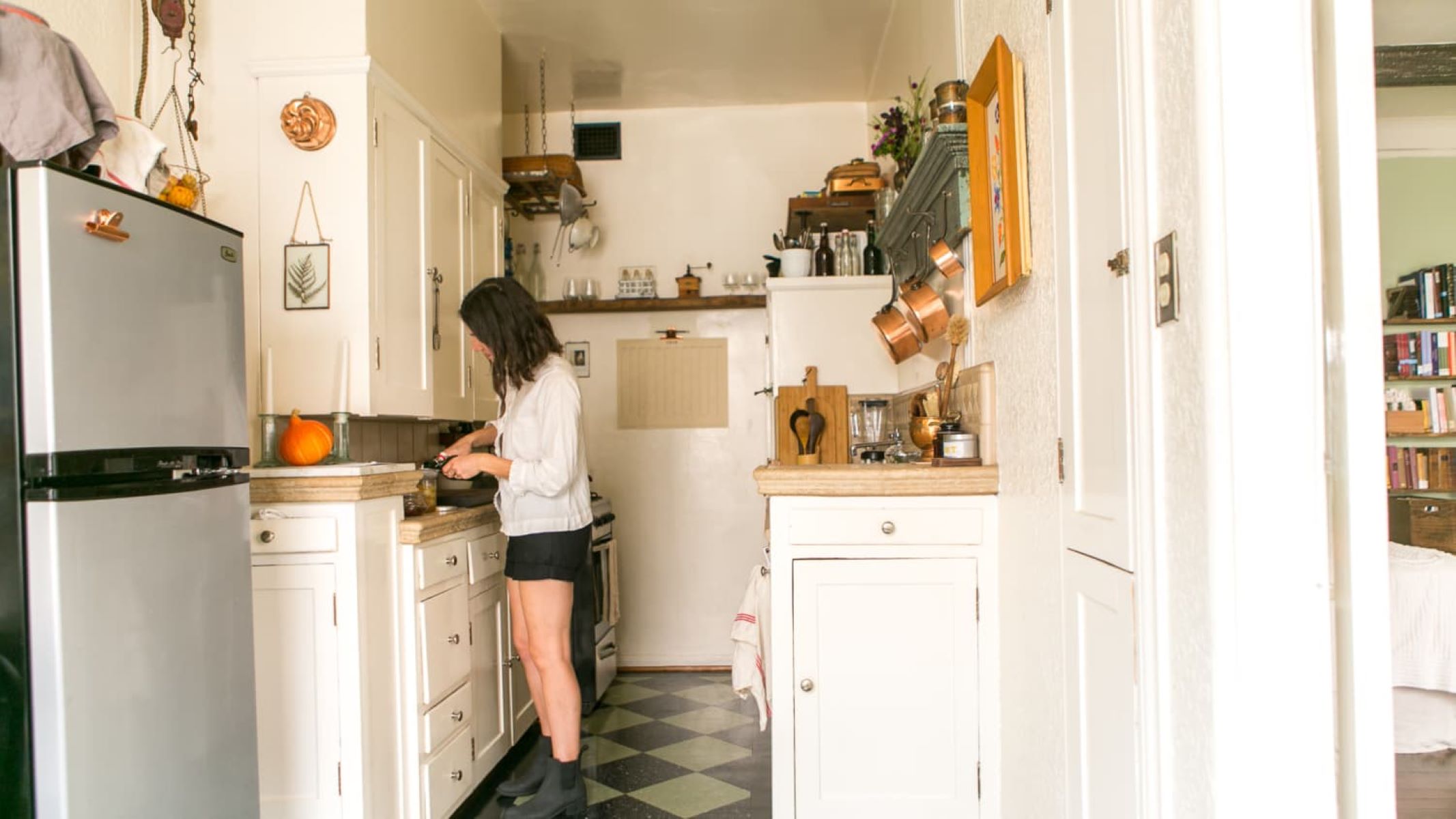



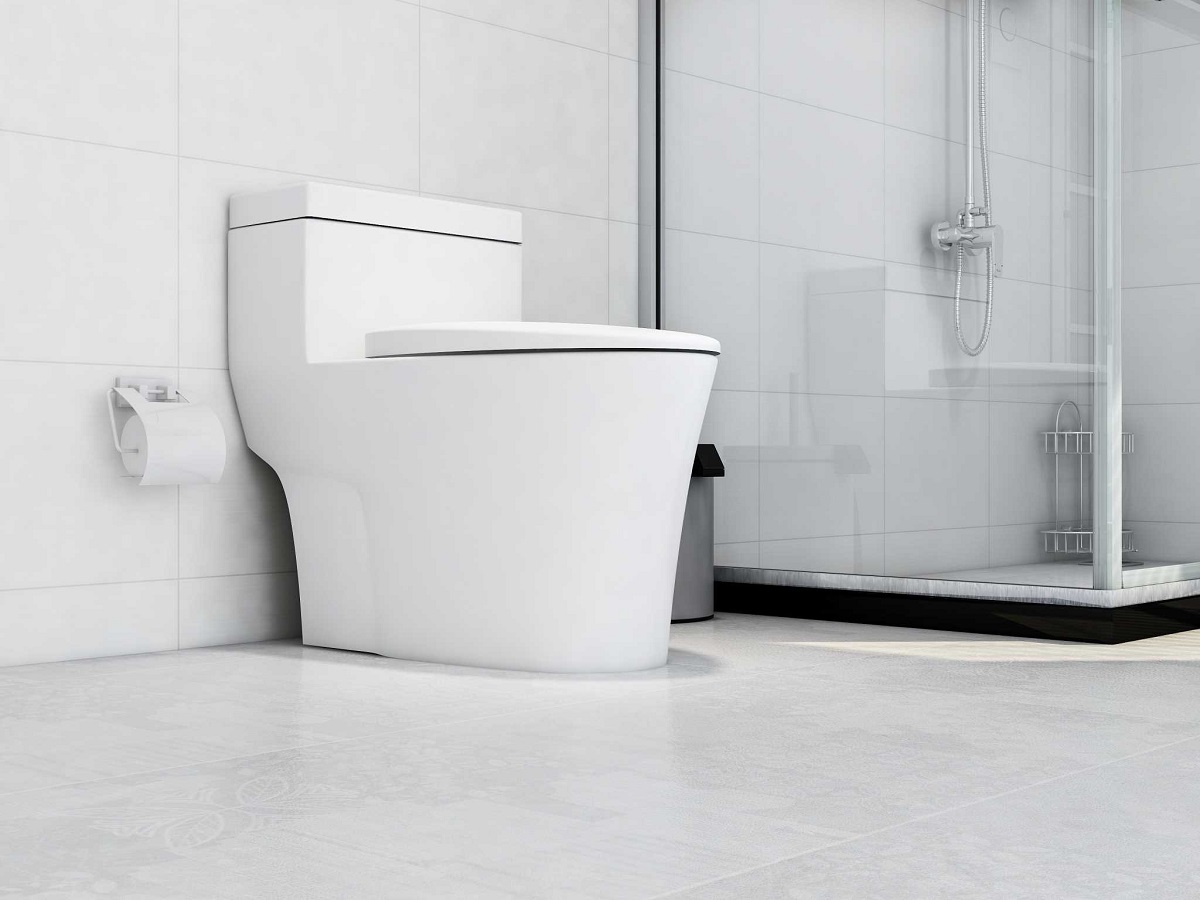


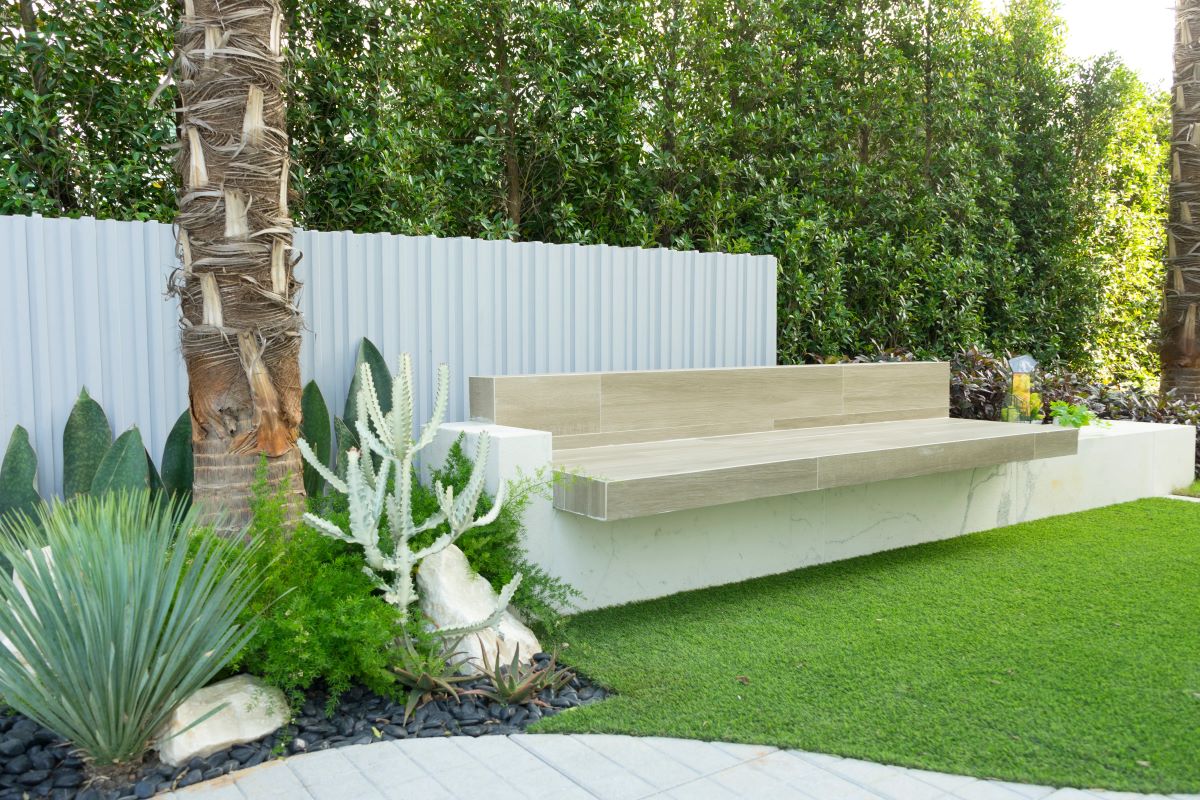

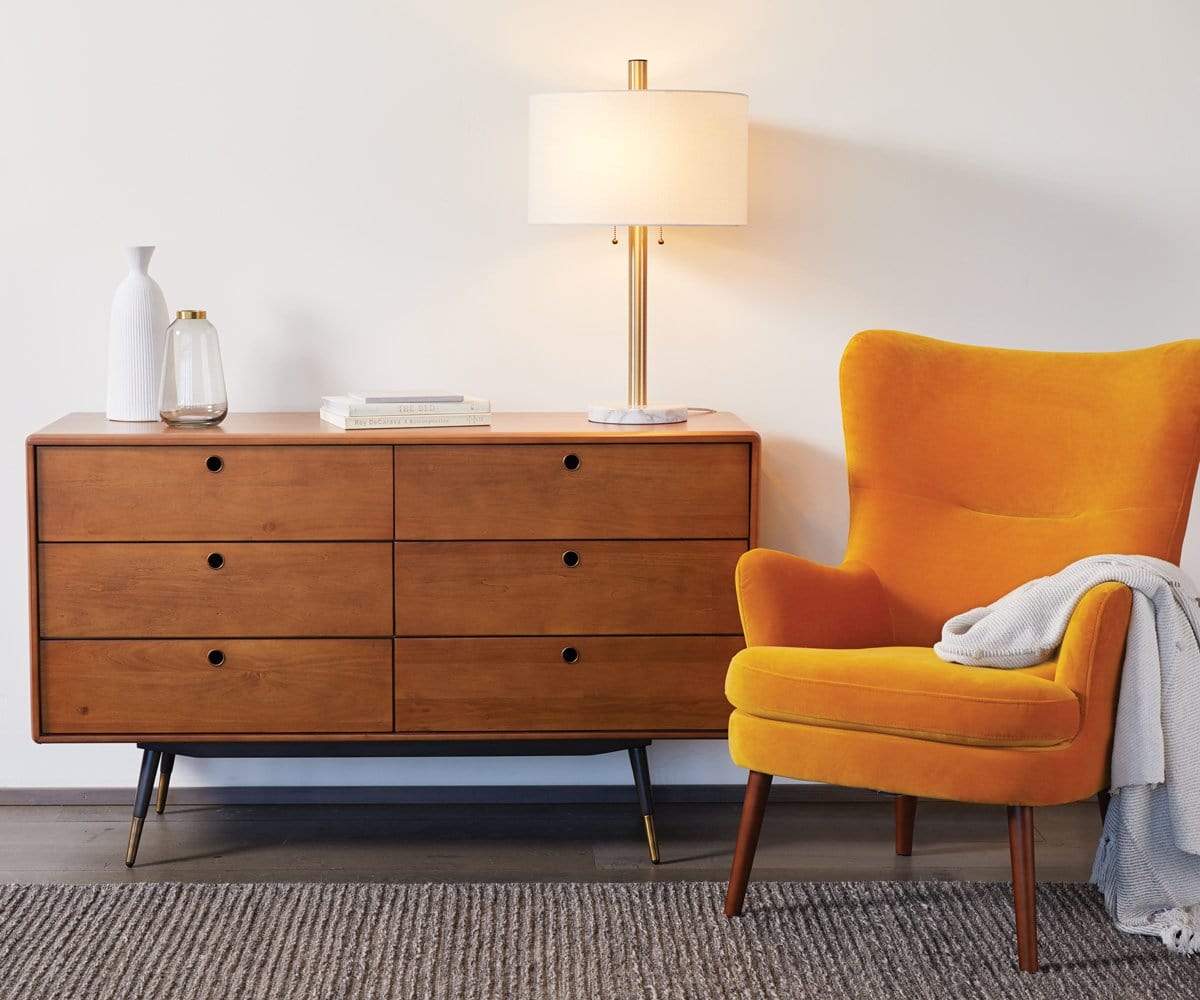
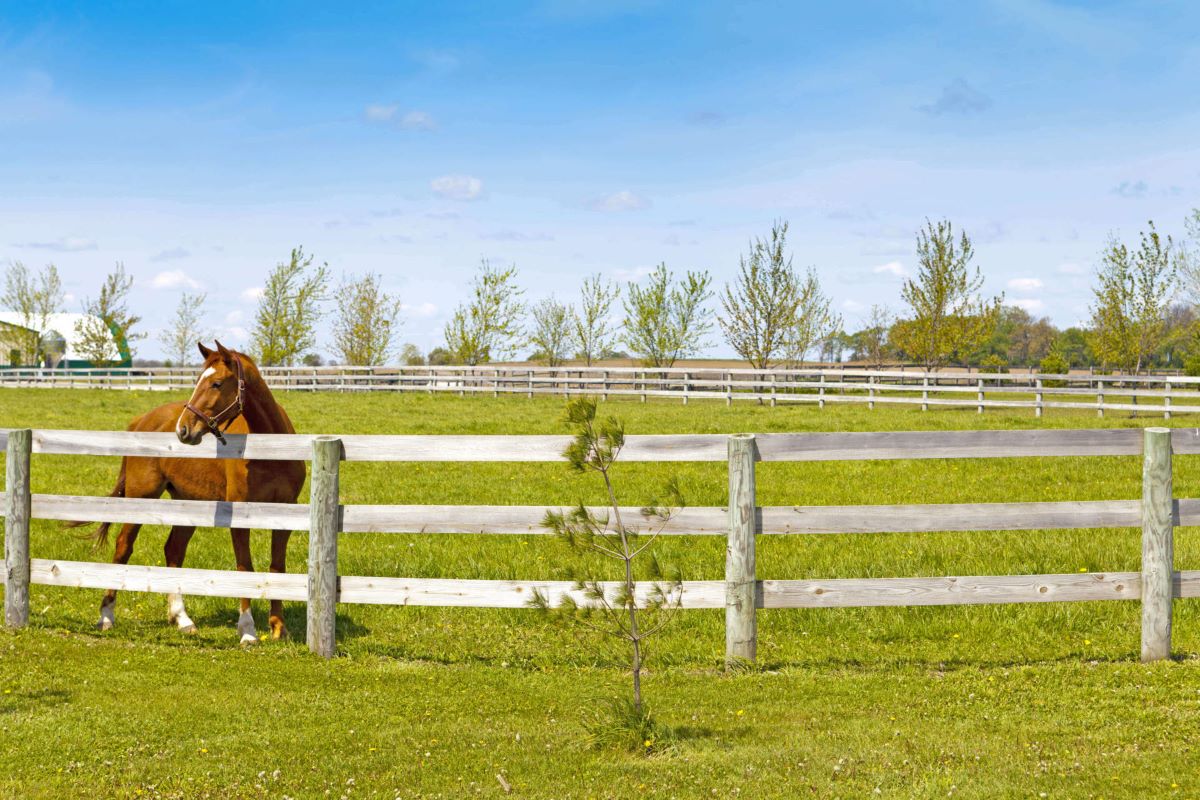


0 thoughts on “When Building An Open Shower How Tall Should The Walls Be From The Showerhead”